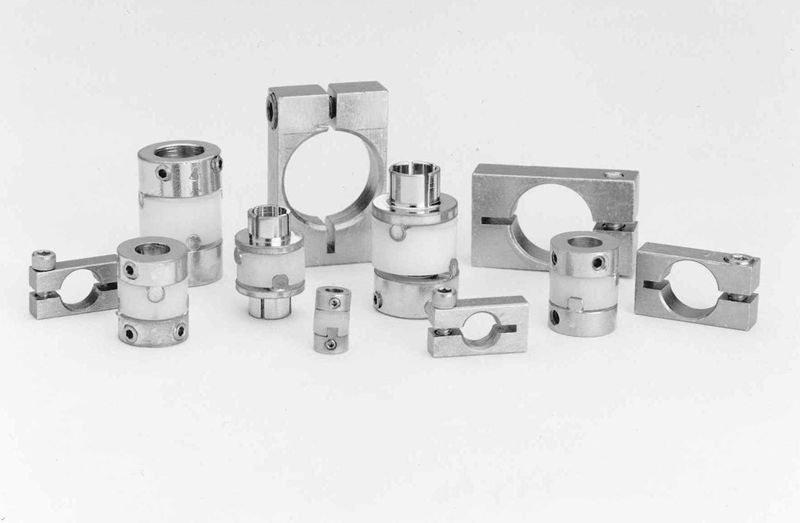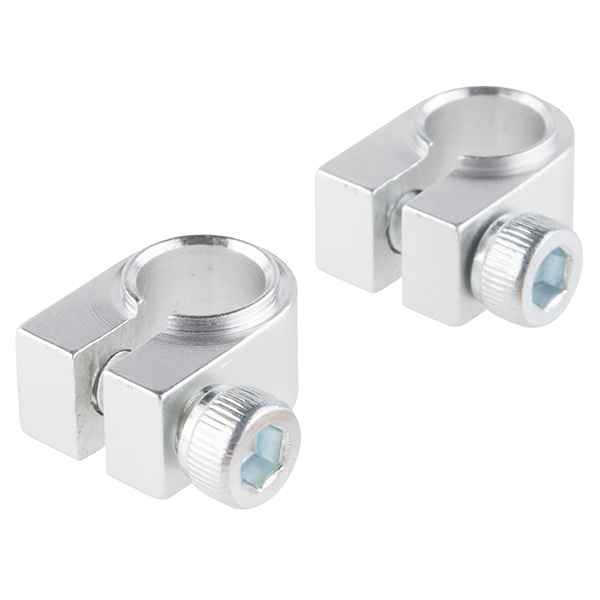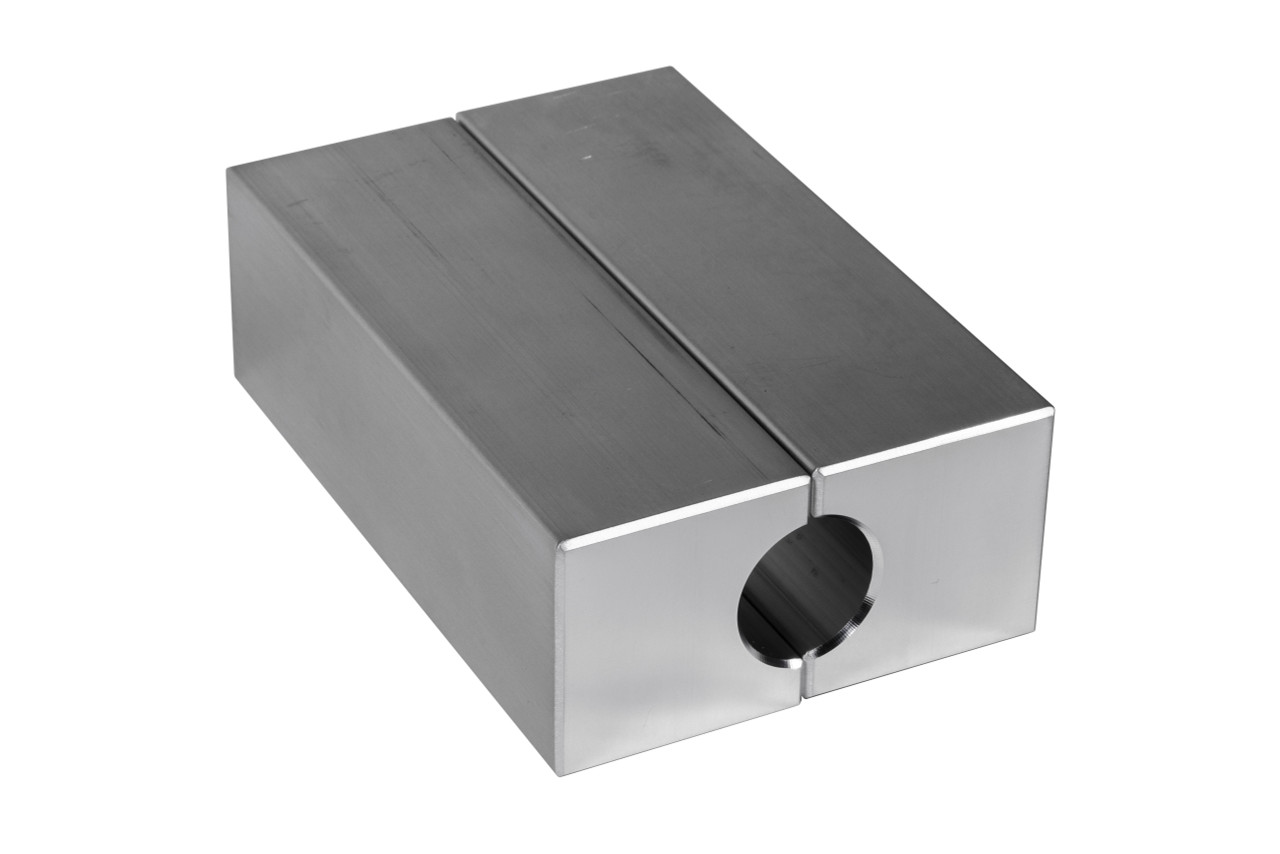Product Description
Upgrade Your Motorcycle with CNC Aluminum Handle Bar Brace Clamp from Youngparts
High precision CNC parts strictly according to customers’ drawing, packing and quality demands
Tolerance: +/-0.005mm
100% inspection during production and final to guarantee quality
10 years experienced engineers and workers
Fast and timely delivery. Speedy & professional service
Offer with professional consultations in designing of new parts to save cost.
Quality assurance in accordance to ISO9001
| Material | Stainless Steel | SUS201,SUS303,SUS304,SUS316,SUS416,SUS420,17-4PH,SUS440C | |
| Steel | Q235,C20,C45(K1045),1214,1215 | ||
| Copper | C36000(C26800),C37700(HPb59),C38500(HPb58),C27200(CuZn37),C28000(CuZn40/H62),C3604, C51000, C52100, C54400,CuSn8 | ||
| Alumina | AL2571,AL5754(Almg3),AL5083,AL6061,AL6063,AL5052,AL7075 | ||
| Alloy Steel | SCM435,10B21 | ||
| Plastic | PA6,PA66,PP,PC,POM,FR4,ABS,Acrylic | ||
| Machining Processes | CNC 3-axis, 4-axis machining, CNC milling, CNC turning, CNC Lathe High precision 5-Axis turning-milling combined machining, CNC milling and turning, drilling, grinding, stamping, tapping, bending |
||
| Finish | Heat treatment, powder coating, electroplating, spraying, painting, polishing, deburring, wire drawing/brushed, anodizing, chrome plating, nickel plating, tin plating, silver plating, gold plating, galvanizing, blackening etc. | ||
| Dimensions | Customized | ||
| Tolerance | ±0.005mm | ||
| Drawing Format | PDF/JPEG/AI/PSD/CAD/Dwg/Step/LGS | ||
| MOQ | Negotiable | ||
| QC Policy | 100% inspection and random inspection before shipment, with QC passed label | ||
| Stardard | Materials and surface treatment comply with RoHS/Reach Directives | ||
| Testing Equipments | CMM, Projector, Pull Tester, Automatic Optical Inspector, Salt Spray Tester, Durometer, Tensile Machine, height gauge, micrometer, plug gauge, thread Gauges, digital caliper and etc. | ||
| Application | Automotives, Optical instrument, medical device, industrial machine, automobile, electric appliance, robot, computers, tele-communication, electronic device, digital communication, UAV, aerospace, bicycle, pneumatic tools, hydraulic and other industries, | ||
| Packaging | PE bags or bubble bags, boxes, cartons, pallet, standard carton or plastic tray, sponge tray, cardboard tray or as per customers’ requirements | ||
| Trade Terms | EXW, FOB, CIF, As per customers’ request | ||
| Payment Terms | Paypal or Western Union for sample orders; Larger amount by T/T with 30% as deposit,70% before shipment | ||
| Delivery Time | Within 15-20 working days after deposit or payment received | ||
| Shipping Ports | FOB HangZhou, FOB HangZhou, FOB Hongkong | ||
Hot Products Recommendation:
product-list-1.html
Factory Order Procudure
Our Advantage:
Our Packaging
Our Shipping Methods
| After-sales Service: | Quality Guaranteed |
|---|---|
| Condition: | New |
| Certification: | CE, RoHS, GS, ISO9001 |
| Samples: |
US$ 30/Piece
1 Piece(Min.Order) | Order Sample |
|---|
| Customization: |
Available
| Customized Request |
|---|
.shipping-cost-tm .tm-status-off{background: none;padding:0;color: #1470cc}
| Shipping Cost:
Estimated freight per unit. |
about shipping cost and estimated delivery time. |
|---|
| Payment Method: |
|
|---|---|
|
Initial Payment Full Payment |
| Currency: | US$ |
|---|
| Return&refunds: | You can apply for a refund up to 30 days after receipt of the products. |
|---|

Can I find tutorials on retrofitting machinery with shaft clamps for improved performance?
If you are looking for tutorials on retrofitting machinery with shaft clamps for improved performance, here’s a detailed explanation:
Retrofitting machinery with shaft clamps can be a beneficial solution to enhance performance, stability, and efficiency. While specific tutorials may vary depending on the machinery and application, there are several resources where you can find guidance and information on retrofitting with shaft clamps:
1. Manufacturer’s Documentation:
Consult the manufacturer’s documentation or user manuals for the machinery you intend to retrofit. The documentation may provide insights into the recommended retrofitting procedures, including the installation of shaft clamps. It may include step-by-step instructions, diagrams, and specifications specific to your machinery.
2. Online Video Platforms:
Platforms like YouTube and Vimeo host a vast collection of tutorial videos on various engineering and machinery topics. You can search for videos specifically related to retrofitting machinery with shaft clamps. These videos often provide visual demonstrations, explanations of the process, and tips for achieving improved performance through retrofitting.
3. Engineering Websites and Blogs:
Engineering websites and blogs may publish informative articles or tutorials on retrofitting machinery. These resources may cover a wide range of topics, including the selection of shaft clamps, installation techniques, and considerations for improved performance. Look for reputable engineering websites and blogs that specialize in machinery retrofitting, mechanical engineering, or industrial automation.
4. Online Forums and Communities:
Participating in online forums and communities focused on machinery, engineering, or industrial topics can provide valuable insights and guidance. These platforms often have discussion threads where professionals and enthusiasts share their experiences, best practices, and tutorials related to retrofitting machinery. Engaging in these communities allows you to ask questions, seek advice, and learn from others who have undertaken similar retrofitting projects.
5. Professional Training and Courses:
Consider professional training programs or courses offered by engineering organizations, trade associations, or industrial training institutes. These programs may include modules on machinery retrofitting techniques, which can cover the installation and performance optimization of shaft clamps. These training programs often provide comprehensive guidance and practical knowledge to help you successfully retrofit machinery.
When retrofitting machinery with shaft clamps, it’s important to ensure that you have a good understanding of the machinery’s design, compatibility requirements, and safety considerations. If you are unsure or lack experience, it’s recommended to consult with qualified engineers, technicians, or professionals who specialize in machinery retrofitting. They can provide personalized guidance, address specific challenges, and ensure that the retrofitting process is carried out effectively and safely.

Can I find guidelines on lubricating and maintaining shaft clamps for optimal performance?
Yes, guidelines for lubricating and maintaining shaft clamps can be found to ensure optimal performance. Here’s a detailed explanation:
When it comes to lubricating and maintaining shaft clamps, it’s important to refer to the manufacturer’s guidelines and recommendations specific to the type of clamp being used. These guidelines may vary depending on the design, materials, and intended application of the shaft clamp. However, here are some general considerations:
1. Lubrication:
Some shaft clamps may require lubrication to reduce friction and ensure smooth operation. The type of lubricant and the frequency of lubrication will depend on the specific clamp design and the environmental conditions in which it operates. It’s important to use lubricants that are compatible with the materials of the clamp and the shaft to avoid degradation or damage. The manufacturer’s guidelines will provide specific recommendations on the appropriate lubrication method and lubricant type.
2. Inspection and Cleaning:
Regular inspection and cleaning of the shaft clamps are essential for maintaining optimal performance. Inspect the clamps for any signs of wear, damage, or misalignment. Clean the clamps to remove any dirt, debris, or contaminants that may affect their operation. Use appropriate cleaning methods and avoid using harsh chemicals that could damage the clamp or its surface finish.
3. Torque Checks:
Over time, the clamping force of the shaft clamp may diminish due to factors such as vibration or thermal expansion. It’s important to periodically check and verify the torque settings of the clamp to ensure that it maintains the desired clamping force. This can be done using torque wrenches or other suitable torque measurement tools as specified by the manufacturer.
4. Environmental Considerations:
Consider the operating environment of the shaft clamp when determining the maintenance requirements. In harsh or corrosive environments, additional protective measures may be necessary to prevent corrosion or deterioration of the clamp. This can include applying protective coatings or using corrosion-resistant materials.
5. Replacement and Spare Parts:
If a shaft clamp shows signs of significant wear or damage that cannot be remedied through maintenance, it may be necessary to replace the clamp. Ensure that replacement clamps or spare parts are obtained from reputable sources and are compatible with the specific clamp design.
It’s important to note that these are general considerations, and the specific maintenance requirements for shaft clamps may vary. Always consult the manufacturer’s guidelines and recommendations for the particular make and model of the shaft clamp to ensure proper lubrication and maintenance practices are followed. Adhering to these guidelines will help optimize the performance, longevity, and reliability of the shaft clamps in your machinery.

Can I get recommendations for shaft clamps suitable for different shaft diameters?
When it comes to selecting shaft clamps for different shaft diameters, it is important to consider the specific requirements of your application. While I can’t provide specific product recommendations as an AI, I can offer some general guidelines to help you in your search. Here’s what you should keep in mind:
1. Determine the Shaft Diameter Range: Measure the diameter of the shaft or shafts you are working with. This will give you the range of shaft diameters that you need to consider when selecting shaft clamps. Note down the minimum and maximum diameter values.
2. Research Shaft Clamp Manufacturers: Look for reputable manufacturers or suppliers that specialize in mechanical components, including shaft clamps. Visit their websites or contact them directly to explore their product offerings.
3. Check Product Specifications: Once you have identified potential shaft clamp manufacturers, review the product specifications of their shaft clamps. Look for information on the range of shaft diameters that each clamp can accommodate. Manufacturers typically provide this information in their product datasheets or catalogs.
4. Consult with Manufacturers or Distributors: If you have specific requirements or need assistance in selecting the right shaft clamps for your application, reach out to the manufacturers or distributors. They can provide expert guidance and recommendations based on your shaft diameter range and other application needs.
5. Consider Adjustable Shaft Clamps: Some shaft clamps are designed with adjustable features to accommodate a range of shaft diameters. These clamps often have a split design or include adjustable screws or levers that allow for flexibility in sizing. Adjustable shaft clamps can be a convenient option if you are working with multiple shaft diameters or if you anticipate changes in shaft sizes in the future.
6. Evaluate Material and Design Considerations: Take into account the material and design of the shaft clamps. Consider factors such as load capacity, environmental conditions, and compatibility with the components being secured. Choose a shaft clamp that not only fits the shaft diameter but also meets the specific requirements of your application.
Remember, the suitability of a shaft clamp is not solely determined by the shaft diameter range it can accommodate. It is crucial to consider all relevant factors, including load capacity, material compatibility, and environmental considerations, to ensure a reliable and secure connection between the shaft and the components being secured.
By following these guidelines and working closely with manufacturers or distributors, you can find shaft clamps that are suitable for different shaft diameters in your specific application.


editor by CX 2023-11-07